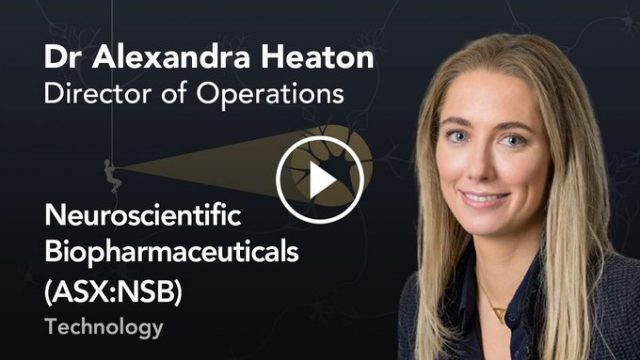December, 2019
A number of intracellular proteins that are protective after brain injury are classically thought to exert their effect within the expressing cell. The astrocytic metallothioneins (MT) are one example and are thought to act via intracellular free radical scavenging and heavy metal regulation, and in particular zinc. Indeed, we have previously established that astrocytic MTs are required for successful brain healing. Here we provide evidence for a fundamentally different mode of action relying upon intercellular transfer from astrocytes to neurons, which in turn leads to uptake-dependent axonal regeneration. First, we show that MT can be detected within the extracellular fluid of the injured brain, and that cultured astrocytes are capable of actively secreting MT in a regulatable manner. Second, we identify a receptor, megalin, that mediates MT transport into neurons. Third, we directly demonstrate for the first time the transfer of MT from astrocytes to neurons over a specific time course in vitro. Finally, we show that MT is rapidly internalized via the cell bodies of retinal ganglion cells in vivo and is a powerful promoter of axonal regeneration through the inhibitory environment of the completely severed mature optic nerve. Our work suggests that the protective functions of MT in the central nervous system should be widened from a purely astrocytic focus to include extracellular and intra-neuronal roles. This unsuspected action of MT represents a novel paradigm of astrocyte-neuronal interaction after injury and may have implications for the development of MT-based therapeutic agents.
Further reading




